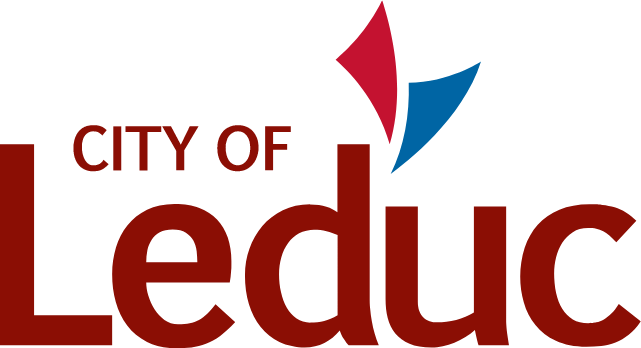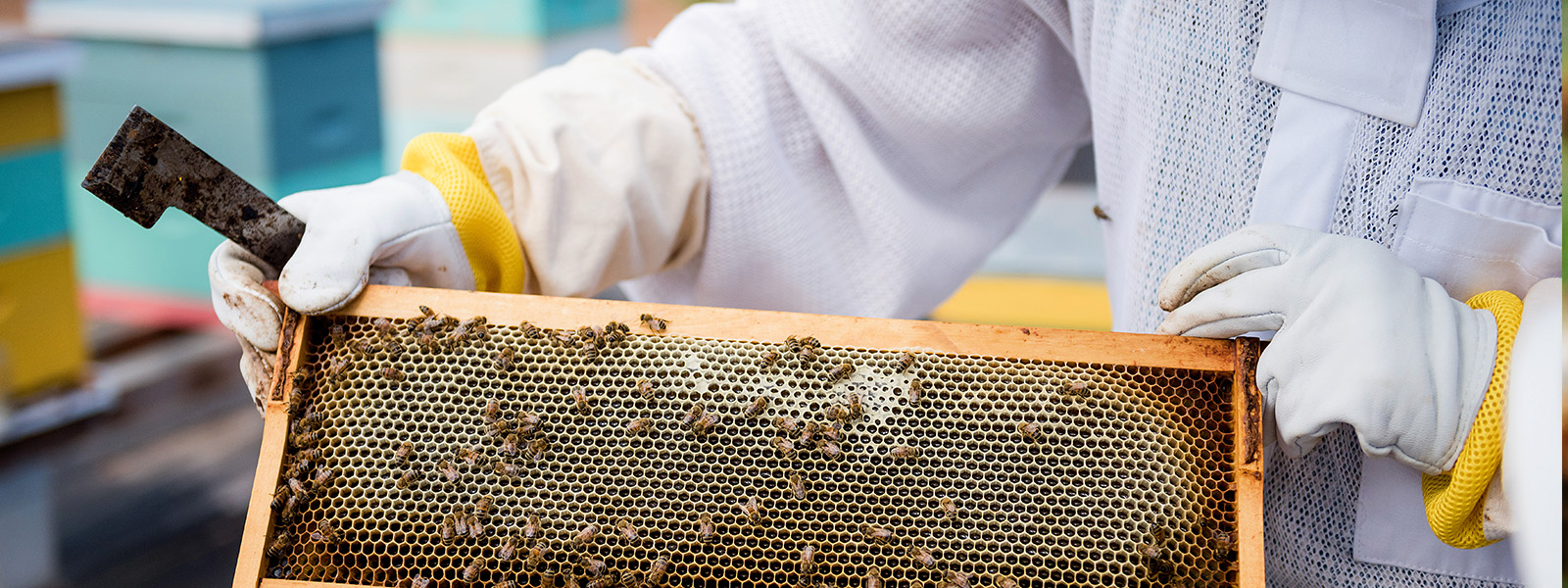Have you heard the buzz? The City of Leduc allows for backyard beekeeping!
Beekeepng is a satisfying activity that can be enjoyed by the whole family. When following good management practices, backyard beekeeping is a completely safe hobby that can help improve local pollination of plants, while also connecting people to nature and where their food comes from.
If you are interested in participating, follow the steps below.

